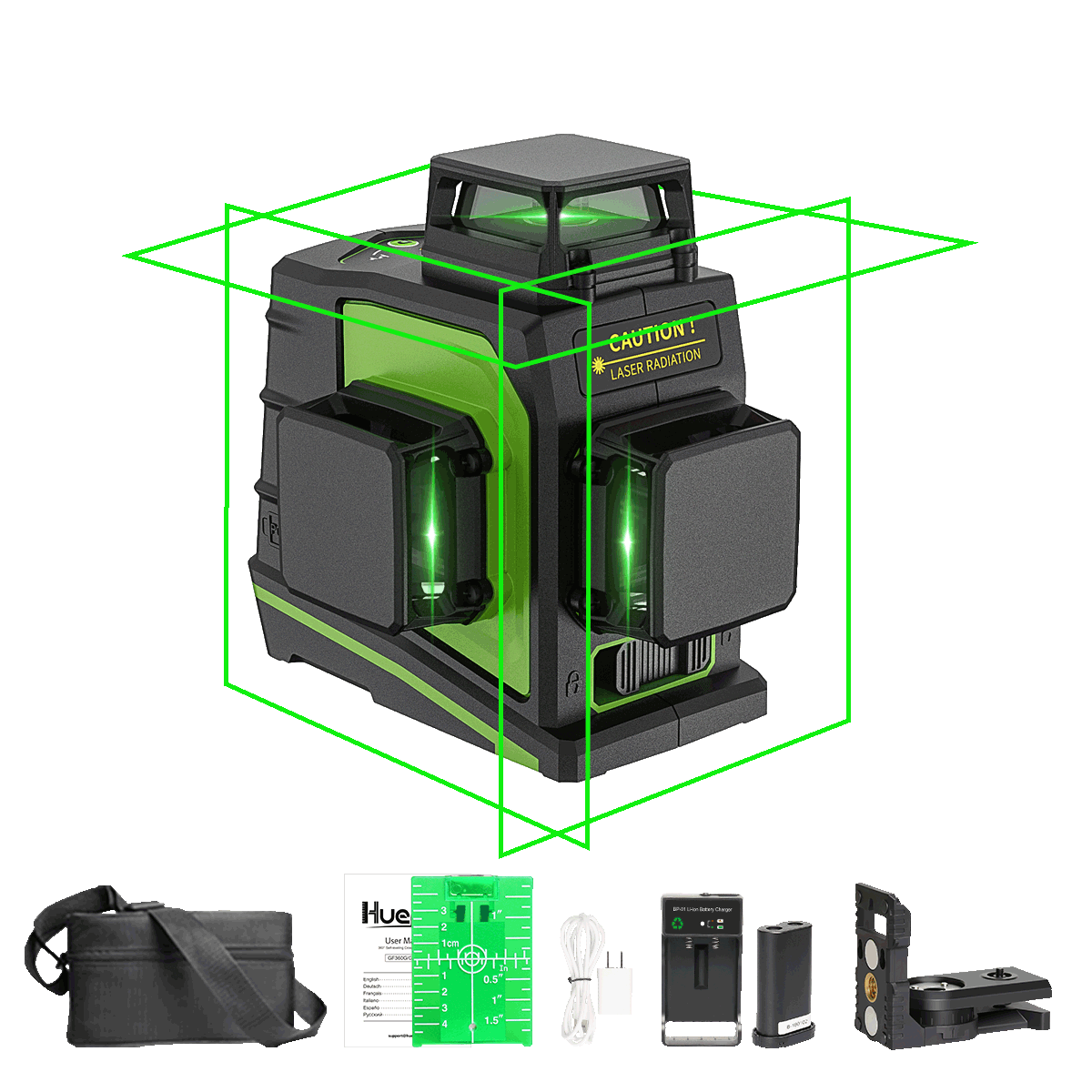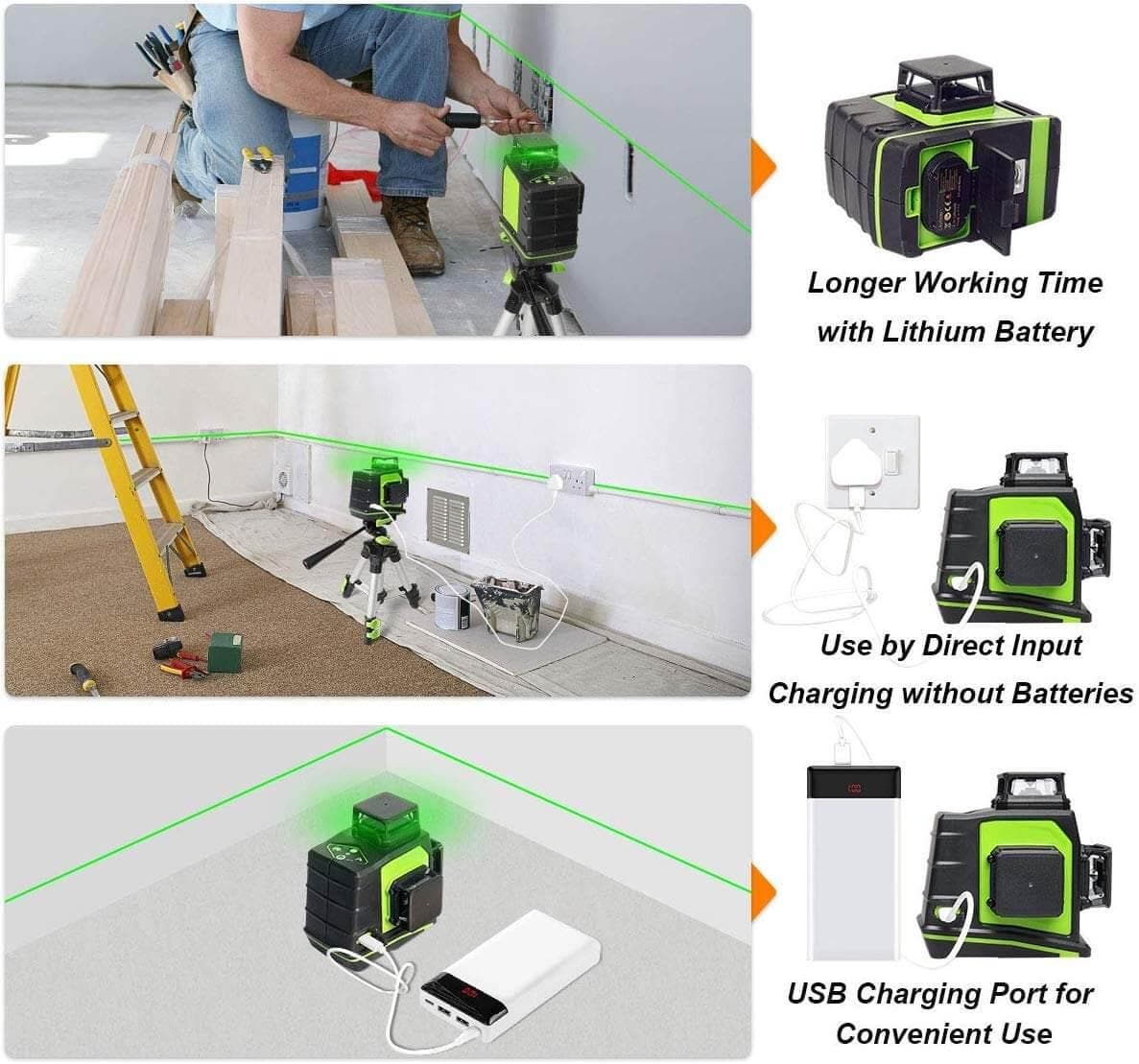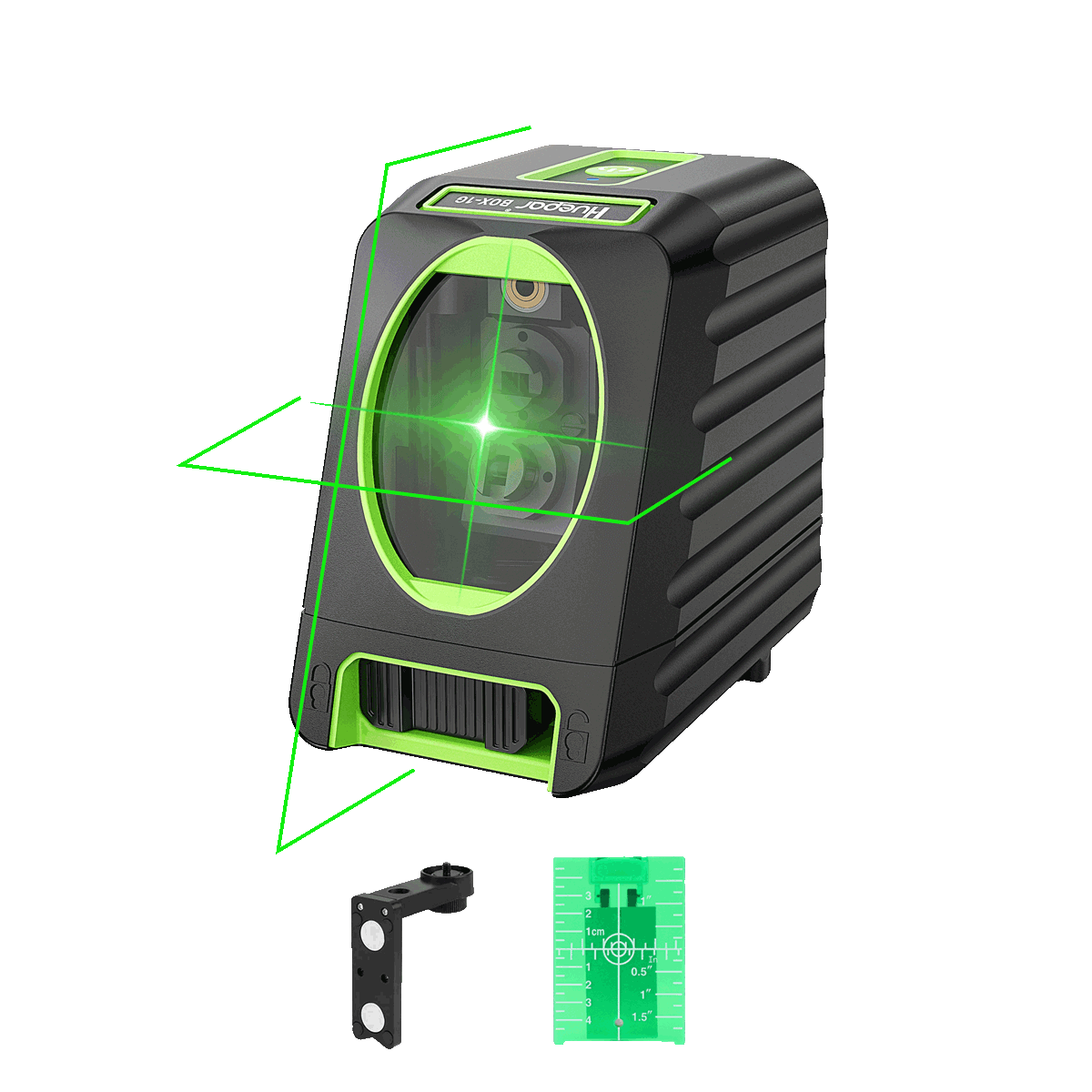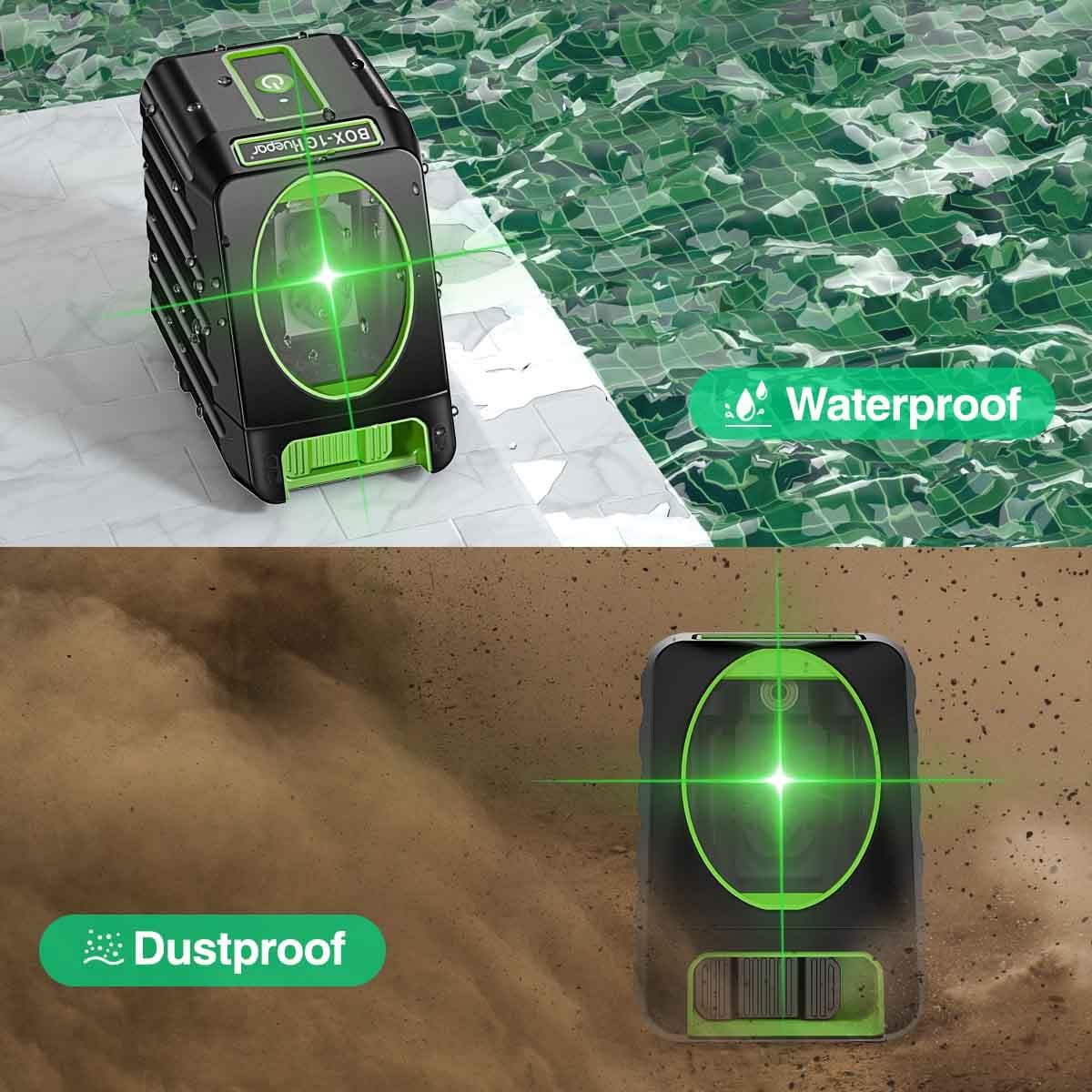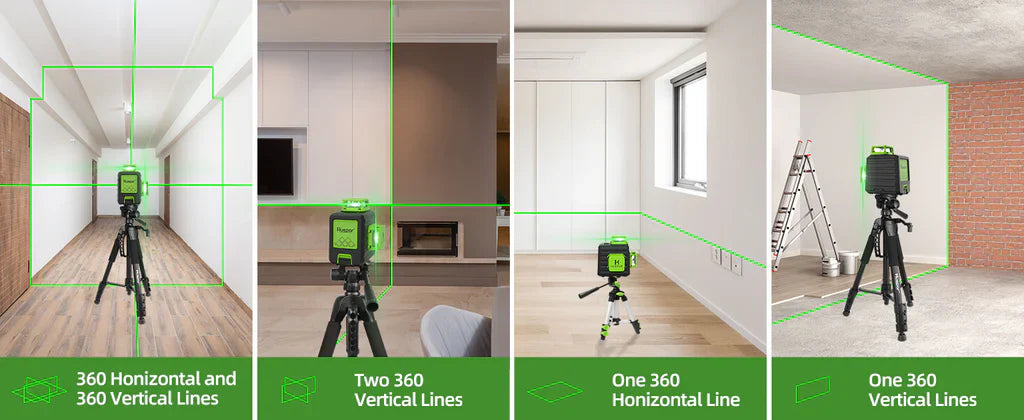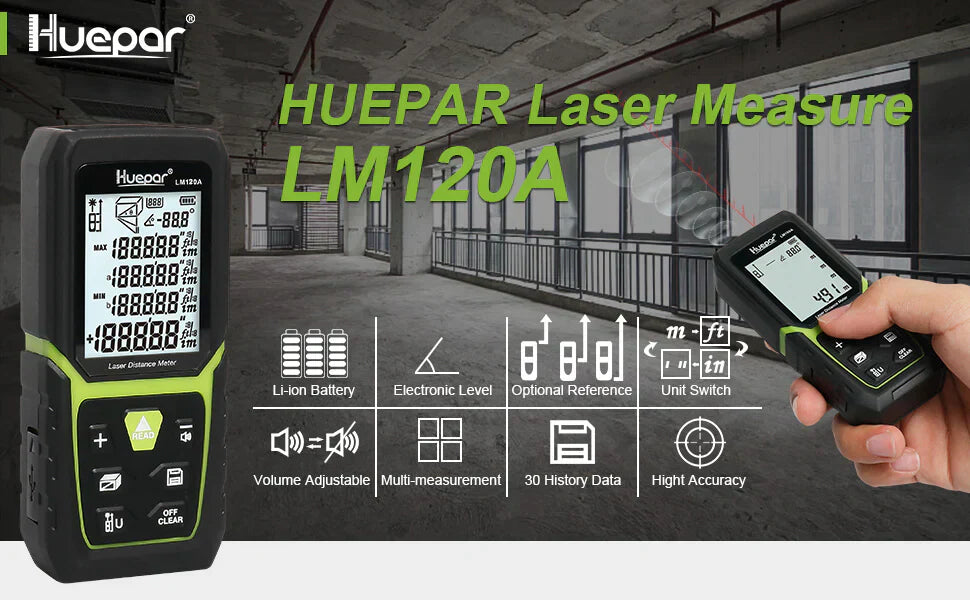
How to Use a Tape Measure: Practical Tips!
A tape measure, also referred to as measuring tape, is one of the fundamental instruments found across various industries, prominently construction, woodcarving, sewing. A bendable ruler, it makes one measure lengths, widths, distance precisely. Tape measures are normally manufactured from hard materials, including fiberglass, plastic, cloth, guaranteeing them longevity, stability.

Tape measure has an early origin, sewing, where it initially found application measuring human measurements, garments. Over time, owing to convenience, practicality, it found general application across other sectors, including woodcarving work, construction work.
Tape measures are manufactured by two prominent unit system, unit system, metric system. Measuring units by unit system are inches, while those by metric system are centimeters, meters. The variation makes it possible for users select unit system best suited.
Fiberglass tape measure has an advantage, being hard, owing to it being less subject to stretching, so it best fits construction work, woodcarving. Plastic tape measure, by virtue, it being light, has an added facility lock-in, preventing tape sticking while measuring. Cloth tape measure, less famous, has preference by sewing masters, sewing mistresses owing to it being bendable, so it covers contours.
How to Read a Tape Measure?
Appropriate reading from tape measure plays an essential role toward achieving accurate measurements while construction, woodcarving, carrying out DIY projects. Below are steps necessary toward reading markings found tape measure:
Identifying Largest Markings (Inches)
The largest markings on the tape measure show whole inches. These markings tend to be longer lines, labeled next to them, so you can tell them apart.
Smaller Fractional Markings
Every inch marking has fraction markings representing them, typically found between them. These fraction markings tend to be split by halves (half an inch, 1/2 inch), quarters (quarter inch, 1/4 inch), eighths (eighth inch, 1/8 inch), and perhaps even sixteenths (sixteenth inch, 1/16 inch) of an inch.
Reading Inch Marks
When reading inch markings, just find the figure next to the longer line on the tape measure. The figure you find there shows the whole inch reading.
Reading Half-Inch Marks
Usually, the second-longer line next to an inch marking shows half an inch, or 0.5 inches.
Reading Smaller Fractional Marks
The markings you find between the inch mark and the half-inch mark show fractions, such as 1/4, 1/8, or perhaps even 1/16 inch, depending on the tape measure. These markings get shorter by length, so you're able to tell them apart.
To read a fractional measurement, start by identifying the whole inch mark and then count the number of smaller markings between that inch mark and the desired measurement point. For example, if there are three small markings between the 2-inch mark and your measurement point, you would read it as 2-3/8 inches.
How to Use Tape Measure?
Technique makes you able to get accurate measurements when you use tape measure. Place the tape measure end against the measuring starting point. Hold the hook end tightly against the surface you're measuring from.
Next, extend the tape measure to the final point you wish, keeping it straight and tight. Read the length at the final point, reading both inch markings and any markings showing fractions.
Total the inch markings and any markings showing fractions together to get the final length. If, say, the tape measure reads 5 inches and 3/4 inches, the length is equal to 5 3/4 inches.
When measuring lengths less than an inch, it is very crucial to pay close attention to markings showing fractions. Markings showing fractions are typically equal to 1/16 inch. If, say, the tape measure reads 3/4 inch, the length is equal to 0.75 inches.
Tape measures also contain markings showing fractions that are not labeled. In this case, you need to estimate the fraction by looking at the distance between markings. If, say, the markings are spaced evenly between markings showing 1 inch and markings showing 1 1/2 inches, the markings would equal 1/8 inch.
Choosing the Right Tape Measure
When shopping for tape measure, it is very crucial to consider various elements so you have the best tool suited for your projects. Tape measure materials, length, and markings are very crucial elements that may have an effect on the tape measure longevity, accuracy, and application.
Factors to Consider
Material: Tape measures are normally manufactured from fiberglass, steel, or cloth. Steel tapes and tapes manufactured from fiberglass are durable and abrasion-resistant, so it makes them ideal for construction work, as well as application out of doors. Cloth tapes are very versatile and lighter, ideal for application by tailors, as well as measuring rounded shapes.
Length: Tape measures also vary in length from 6 feet to over 100 feet. Smaller projects suit shorter tapes, while longer tapes measure longer lengths, such as houses, or building sides.
Markings: Good, easy-to-imagine markings are essential if you need accurate measurements. Opt for tapes that have clear, bold markings indicating inches, feet, and fractions. Others also have metric markings so you can interchange them.
Top Huepar Tape Measure Models
Huepar has various tape measure models that suit various demands. Below are best-selling models:
Huepar C31 5M 16ft Tape Measure: With this tape measure, you get heavy duty, fiber-glass reinforced case, while the blade has clear markings you find easy reading. It best serves DIY projects, wood projects, and general measurements at home.

Huepar DT30 - 60M Tape Measure: If you need longer measurements, you cannot go wrong with Huepar DT30 Tape Measure. It has an incredibly long, heavy duty blade, manufactured from premium quality steel, featuring clear inch, as well as metric markings, the laser tape measure combines a 197Ft (60 m) laser measure with a 16Ft (5 m) tape measure, which is a fully functional measurement tool. so you get accurate measurements over longer lengths.
Huepar Laser Tape Measure: With old tape measure capabilities added to modern, technological innovations, Huepar Laser Tape Measure makes it easy to get quick, accurate measurements without actually unfolding the blade. It comes useful when you need measurements under obstructions, as well as measuring longer lengths.

When you need tape measure, consider the kind of demands you have from projects, how heavy duty you want it, and how accurate you need it. Huepar tape measure models offer quality, reliable tapes that suit various demands.


